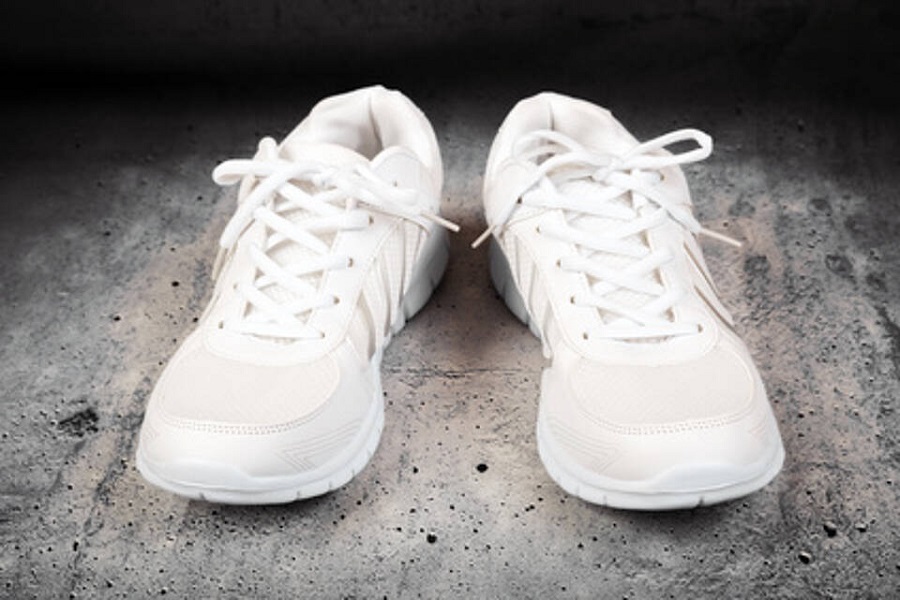Introduction
It is advisable to follow safety rules while working in heavy-duty industries. Therefore, safety shoes are the most important personal protective equipment. Some think of it as bulky shoe soles that are worn by workers working in construction sites. However, these shoes are designed distinctively for different industries. These shoes keep you safe from hazards and discomforts in your workplace. Although there are thousands of brands selling safety shoes in the market. You need to make sure to choose the right safety shoes for yourself. And for that! This is the guide you should check before buying white safety shoes (รองเท้าเซฟตี้สีขาว, which is the term in Thai).
Types of White Safety Shoes
Safety shoes are categorized depending upon their elements such as toe type, sole, industry, etc. The different types of white safety shoes include steel toes, composite toes, aluminum toes, and metatarsal guards. Also, it is very important to check the sole of the shoes before buying them. These safety shoes come with different types of soles to choose from. The different types of soles include rubber outsole, TPU outsole, and midsole.
Importance
Safety shoes have numerous features and roles based on the different industries in which they are used. White safety shoes are very important for people working in heavy manufacturing industries. They will protect your feet from falling heavy objects. They will also save you from any kind of fracture or major foot injury. Since they are anti-skid shoes, they protect you from slipping or falling. It might save you from major accidents. Also, if you are working in the chemical industry, safety shoes are very important. It can protect you from tripping into harmful chemicals and hurting your feet badly.
When to Replace the Safety Shoes?
Everything has its expiry date and it’s the same with safety shoes as well. Here are a few conditions which will indicate you on replacing your safety shoes:
- If the outer body of the shoes is damaged or you can see the steel toe
- If the sole has lost its grip
- If the sole of the shoes is cracked or crumbly
- If the steel toe cap is misplaced
- If the material of the shoes turns out to be hard
- If the shoes have lost their flexibility
- If the leakage in the shoes is allowing chemicals or water to touch your feet
- If the inner sole or lining is cracked

